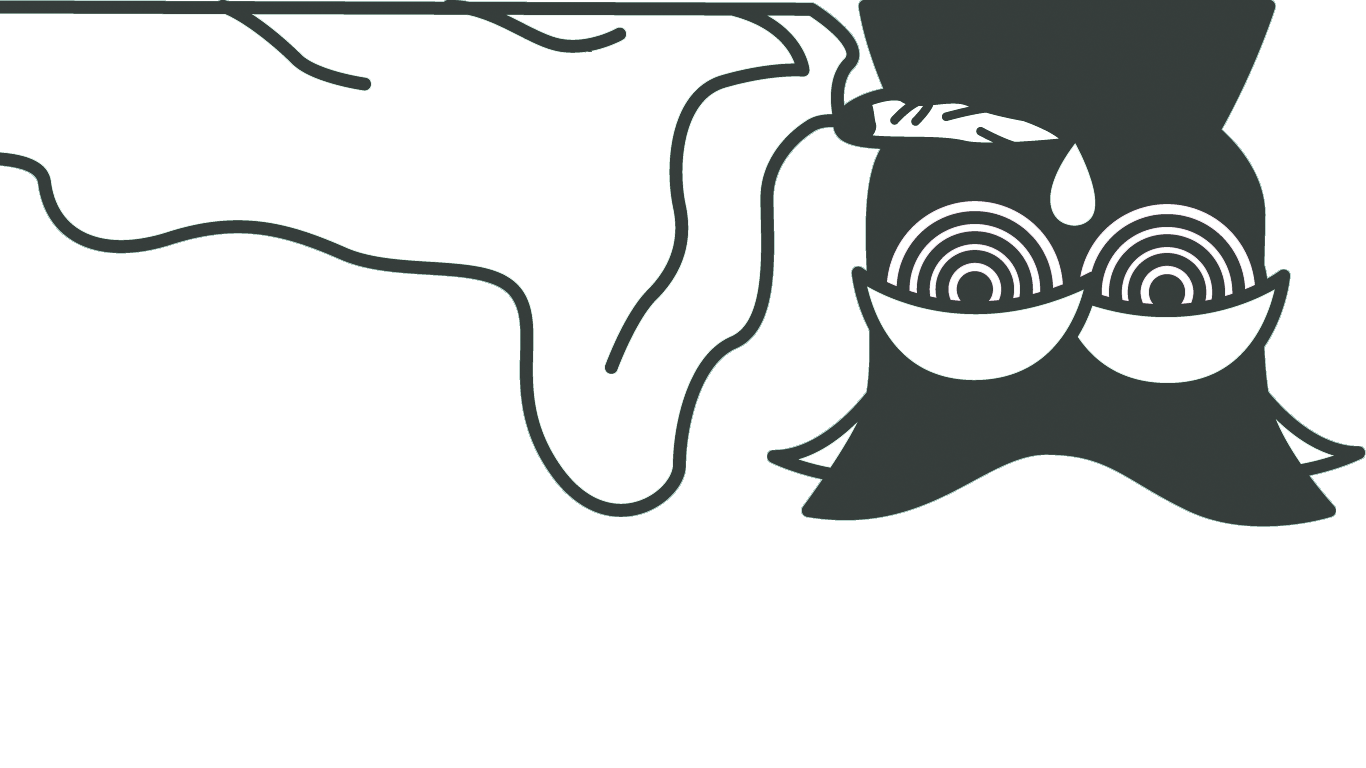The cannabis growing community is really split in the opinions in this one. Some are supporters of lollipops trimming of leaves, some peeps remove just leaves that cover buds and others trim all leaves few weeks before the end of the flowering phase. So what is the best decision to do? We are going to […]
Hydroponics (pros and cons)
Hydroponic indoor farming systems are extremely popular and are likely to become more and more popular. Hydroponic systems are suitable for both recreational and professional use. Direct control options mean higher yields, especially where the right nutrients are used. With the current sophistication of measuring equipment and technological advances in the industry as a whole, the future of hydroponics seems to be quite bright. Hydroponic systems have even been developed to provide astronauts with fresh food for expeditions to Mars.
History of cultivation with hydroponics
The word hydroponics comes from the Greek words hydro (water) and pride (for work) and literally means "water work". The first hydroponic systems actually come from antiquity. Basically, the first hydroponic systems were the hanging gardens in Babylon and the floating gardens of the Aztecs in Mexico. Continuous watering made it possible to produce food all year long.
The foundation of modern hydroponic systems came from experiments conducted from 1895 to 1865 by German scientists Von Sachs and Knop. They found that the plants needed certain nutritional elements.
The first successful hydroponic systems were developed in the 1930s by dr. Gericke in the US state of California. During World War II, these systems were adapted to American soldiers and supplied with fresh vegetables. The first hydroponic systems were adapted in the 1970s and 1980s for commercial purposes for the production of vegetables and flowers.
Hydroponics, cultivation without soil
A method of growing plants without soil, in which all nutrients are supplied by water. A distinction can be made between "true" hydroponic systems that cultivate plants without the use of substrate (NFT, aeroponics) and hydroponic systems that use substrate (stone wool, perlite, coconut, clay pebble, and peat). The type of nutrient to be used depends on the type of system. An important difference can be made between open and closed systems.
In open treatment systems (where contents are discharged), the substrate supplies fresh nutrients continuously while the old one is removed from the substrate by the drainage system. In a closed or re-circulating system, nutrients are not removed from the drainage system, collected and transferred back again. This is especially useful if no substrate is used in the cultivation or if the substrate retains relatively little moisture (baked clay and perlite).
In hydroponic cultivation systems, it is very important that the nutrient solution contains all the necessary elements that the plant needs in the correct proportions. The most appropriate type of system depends on the grower's preference and experience.
Join us
You may also like
Cannabis guerrilla growing is a method of growing cannabis plants outdoors without the permission of the landowner. This type of growing is often done in remote, hidden locations, such as forests, fields, or abandoned buildings. Guerrilla growing is a popular choice for cannabis growers who want to avoid the legal risks associated with growing cannabis […]
Do you have cannabis problems and you think its some kind of deficiency? Did everything went perfect, but now when plants started to flower, they don't produce buds at all. Or it did not go well from the beginning? Everyone has a problem during their growing season. If you are growing outdoors then you probably […]
The cannabis plant is not demanding for cultivation, it withstands modest conditions for the habitat, has few natural enemies, grows quickly and with a large yield. However, we cannot say that he has no enemy. And even these few enemies can make big problems. Let's take a look at what are the most common natural […]

